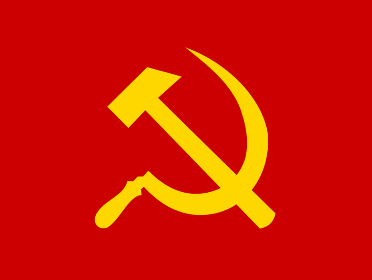Communist Countries During the Cold War

Table of Contents
- Relationship between the Soviet Union and Other Communist Countries
- Soviet Satellite States
- Yugoslavia
- China, Albania and North Korea
- Pro-Soviet Communist Countries
Quick Facts
Most communist countries during Cold War were Soviet satellite states.
Some communist countries such as Yugoslavia, Albania and China openly split with the Soviet Russia and developed their own version of communism.
Communist countries that were not members of the Warsaw Pact joined the Non-Aligned Movement.
The majority of non-aligned communist countries more or less openly sympathised with the Soviet Union.
No communist country during the Cold War was pro-Western.
Relationship between the Soviet Union and Other Communist Countries
The Cold War is often described as the conflict between the West and the Communist World but not all communist countries aligned themselves with the Soviet Union. In fact, some such as Yugoslavia, Albania and China even openly split with the Soviet Union and developed their own version of communism. However, most communist countries were the members of the Warsaw Pact, a Soviet-led military alliance or sympathised with Moscow. No communist nation was pro-American.
Soviet Satellite States
Communist countries during the Cold War can be divided into Soviet satellite states, pro-Soviet and non-aligned communist countries. The Soviet satellite states that were completely under the influence of the Soviet Union were: the German Democratic Republic (East Germany), Poland, Hungary, Bulgaria, Czechoslovakia, Albania (until the mid-1950’s), Afghanistan and Mongolia. The Baltic states of Latvia, Lithuania and Estonia as well as Ukraine, Moldova, Belarus, Georgia, Azerbaijan, Armenia, Kazakhstan, Uzbekistan, Turkmenistan, Kyrgyzstan and Tajikistan were integral parts of the Soviet Union until its dissolution in 1991.
Yugoslavia
Yugoslavia is sometimes referred to as a Soviet satellite state. However, the country was never truly controlled by the Soviet Union like other communist countries in eastern and central Europe and broke with the Soviet Russia already 1948. The Yugoslavian President Josip Broz Tito was one of the co-founders of the Non-Aligned Movement which tried to establish itself as an alternative to the Eastern and Western blocs, while his country was among the very few communist states to have diplomatic relations with anti-communist governments.
China, Albania and North Korea
Like Yugoslavian president, the Chinese leader Mao Zedong had his “own will” and split with the Soviet Union as well in 1961. Albanian leader Enver Hoxha, on the other hand, was first pro-Soviet, then pro-Chinese and non-aligned in the end. After the Sino-Albanian split in 1978, Hoxha completely isolated his country from both the Western and Eastern blocs. Except Somalia that adopted the Chinese version of communism also known as Maoism and North Korea which followed (and still follows) the so-called Juche ideology, communist countries during the Cold War were predominantly pro-Soviet.
Pro-Soviet Communist Countries
Communist countries which more or less openly sympathised with the Soviet Union during the Cold War were: Cuba, Nicaragua, Vietnam, Laos, Cambodia, Mongolia, Angola, Benin, Ethiopia, Mozambique, People’s Republic of the Congo and South Yemen.




